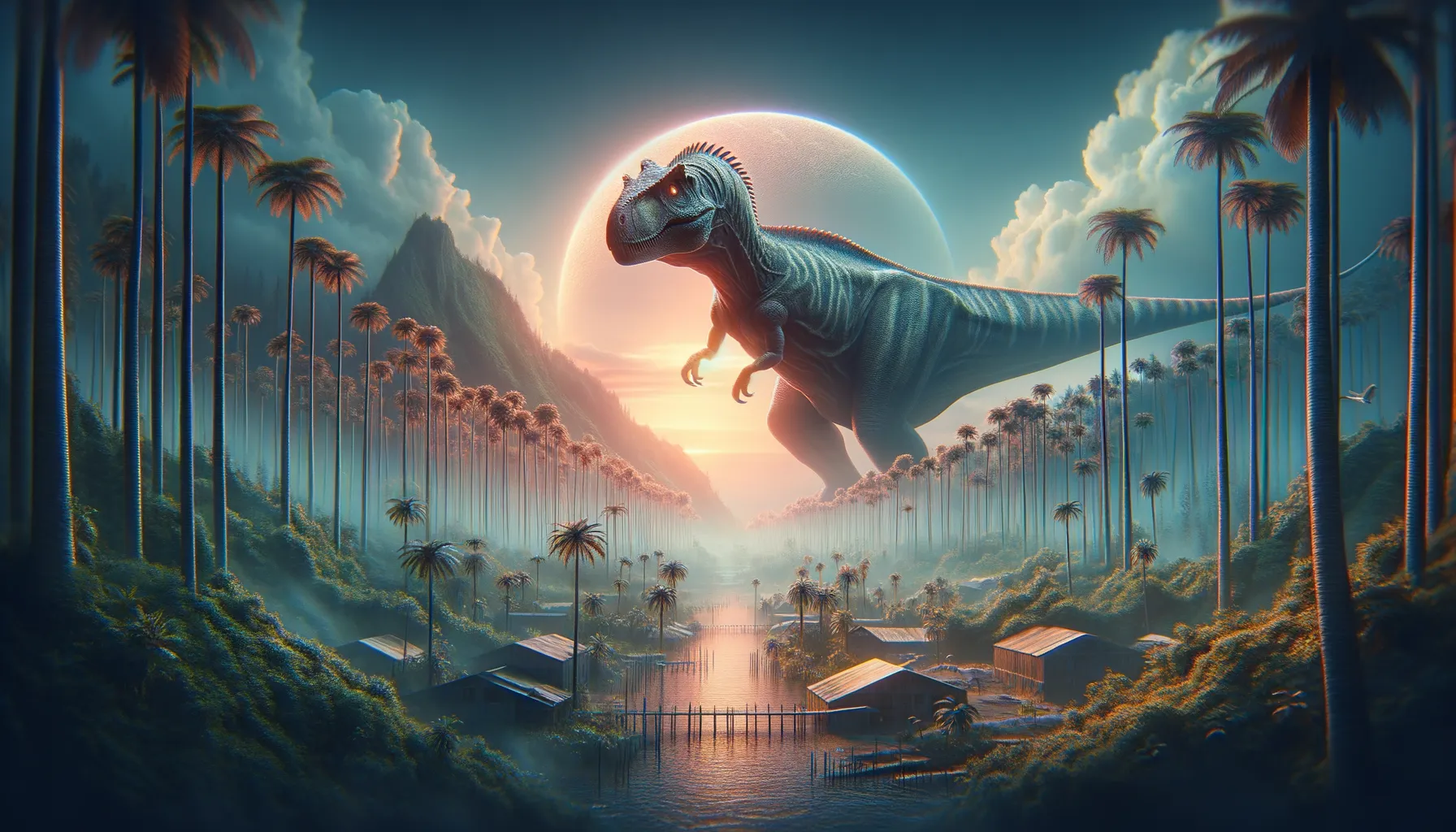
Diplotomodon
Mystery from New Jersey's ancient past!
Period
Cretaceous
Length
Approximate estimates suggest it was a few meters long.
Height
Its height is not well-documented.
Weight
Actual weight is speculative, but possibly heavy.
Diplotomodon is a poorly understood dinosaur known primarily from tooth fragments found in the Cretaceous strata of New Jersey. Despite the limited fossil record, it has sparked interest due to its initial classification and re-evaluation over time. Its classification remains uncertain, with debates on whether it belonged to a large theropod or a different group. Understanding Diplotomodon is fundamental to piecing together the diversity of dinosaurs in its region.
Diet
Diplotomodon's diet is unknown, as its classification is debated. However, if it was a theropod, it might have been carnivorous, preying on smaller animals.
Hunting
Without more complete fossils, its hunting behavior remains speculative. It might have used stealth and speed if it was a carnivore.
Environmental challenges
Diplotomodon lived during the Late Cretaceous, a time of diverse ecosystems. Plants, insect species, and other dinosaurs would have posed competitive challenges. Surviving in this environment would have required adaptation to changing climates and the presence of other large predators.
Speed
The speed of Diplotomodon is unknown.
Lifespan
Information on its lifespan is unavailable.
First discovery
Discovered in the late 19th century in New Jersey.
Fun Facts
- Diplotomodon is known from fragmentary remains and is a rather mysterious dinosaur.
- The name Diplotomodon means 'double cutting tooth,' reflecting its distinct tooth features.
- It was initially thought to be a type of Megalosaurus, a common mistake for early fossil finds.
- Diplotomodon lived during the Late Cretaceous period, over 65 million years ago.
- Its fossils were discovered in New Jersey, USA, making it a part of the rich dinosaur history of the area.
- The exact classification of Diplotomodon is still debated among paleontologists, adding to its mystery.
- It is generally believed to have been a theropod, a group of mostly carnivorous dinosaurs.
Growth and Development
Details on Diplotomodon's growth and development are inconclusive due to lack of fossil evidence. It likely followed a pattern seen in other dinosaurs, with rapid early growth to avoid predation.
Habitat
Diplotomodon's fossils suggest it lived in coastal or riverine environments. These habitats would have offered diverse food sources, from aquatic life to land-dwelling creatures. Fluctuating water levels might have influenced its territory and lifestyle.
Interaction with other species
Diplotomodon's interactions with other species remain speculative. As a theropod, it may have competed with other predators for food. It might have avoided or co-existed with herbivores within its ecosystem.
Natural lifespan
Little is known about the natural lifespan of Diplotomodon.
Reproduction
Reproduction methods of Diplotomodon are not known, but like other dinosaurs, it presumably laid eggs. Nesting habits and parental care remain subjects of hypothesis.
Social behaviour
There is no evidence to confirm whether Diplotomodon was social or solitary. If it was a theropod, it might have had similar social behaviors as other large theropods, which tends towards solitary lifestyles.
Fossil locations
To date, Diplotomodon fossils have been found only in New Jersey, USA. These limited finds make it challenging to fully understand its range and behavior. Continued paleontological work in the region may provide further insights into this elusive dinosaur.
